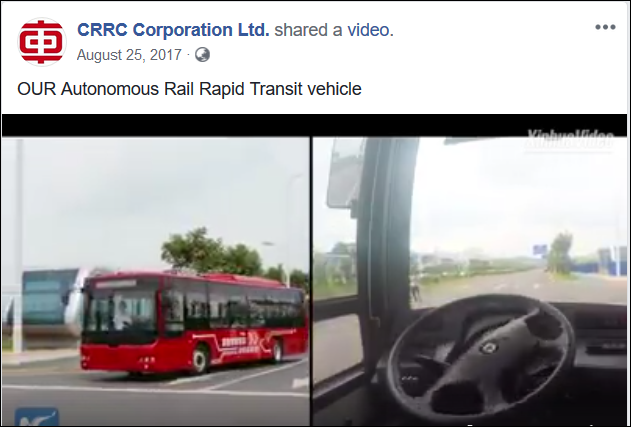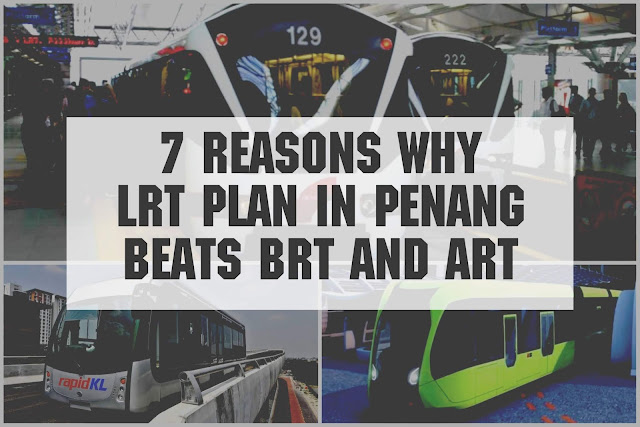A grateful letter to Yoga Adiwinarto of ITDP
Dear Yoga, I have read your suggestions on how to improve public mobility in Penang. There is much to agree with you as your suggestions cohere with much of what is already happening here. For example, your advice that Penang “should start by investing in pedestrian facilities as well as cycling infrastructure,” reflects what the local councils and state government have already been doing for years. Back in 2014, the state government has launched a RM30 million bicycle lane project . Two years ago, through partnership with private sector, the bicycle-sharing services LinkBike was started, with 250 bicycles achieving up to 3,500 ridership per month . The state government has recently initiated RM40 million Ecodeck project that will build lanes that measure 3.5m in width, with 2m and 1.5m designated for bicycles and pedestrians respectively. The current 180 km of cycling lane in Penang will be further expanded to 200 km. In terms of pedestrian walkway, it is estimated ...


